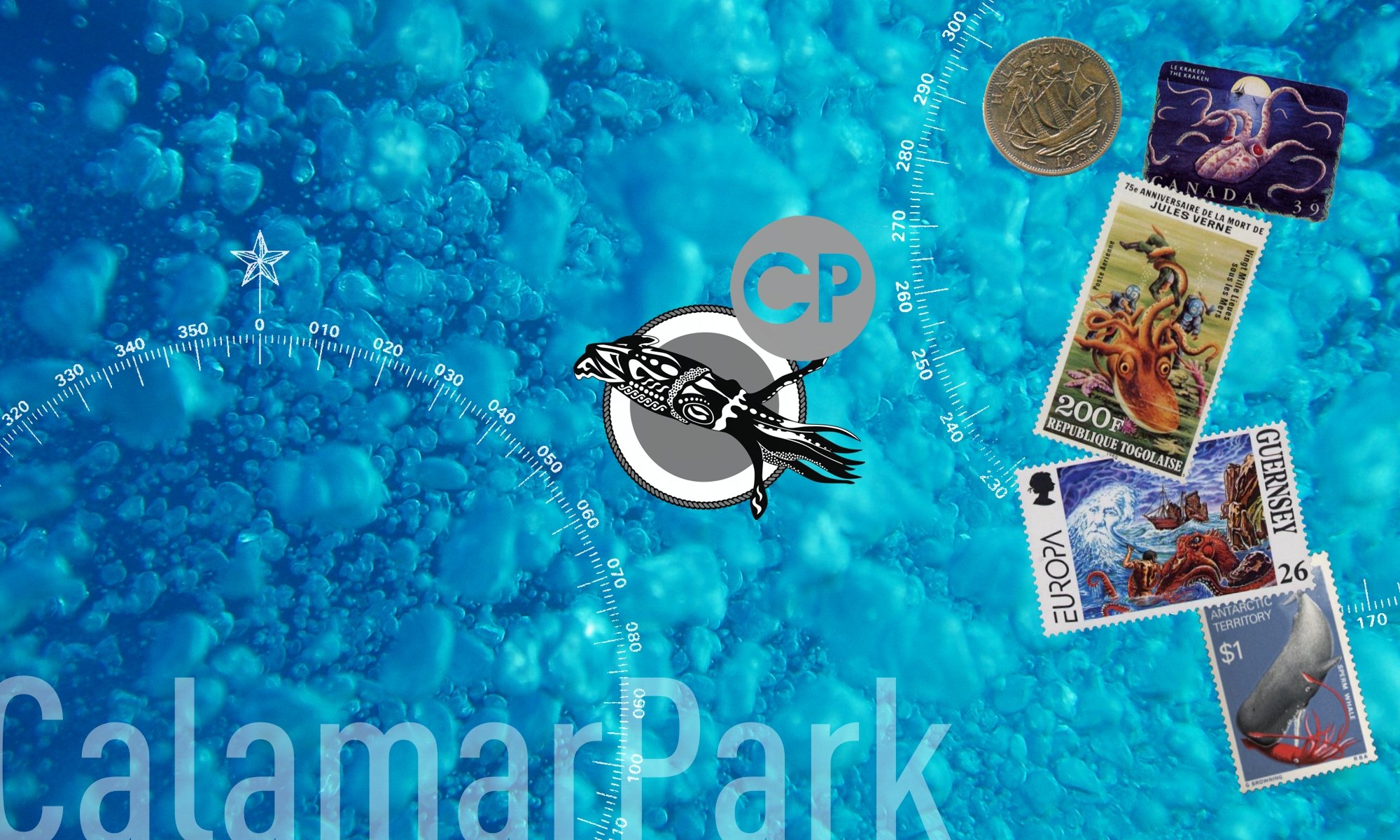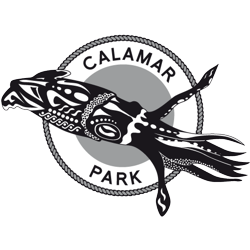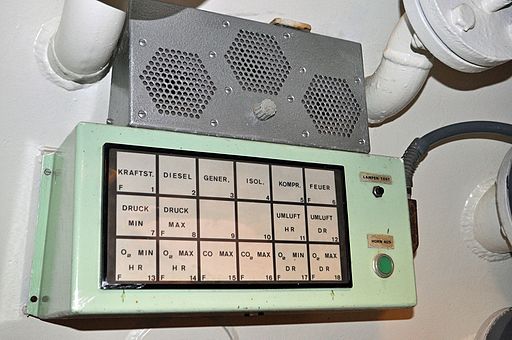 Several years ago Benjamin proposed a system of sensors inside the habitat measuring all necessary parameters like oxygen, carbon dioxide etc. and communicating among each other. Last days we talked about it again and found out, that it would still be a good solution. So we decided to publish it here again. Below you find the original thread, translated from German: Continue reading “Wireless Sensor Network (WSN)”
Several years ago Benjamin proposed a system of sensors inside the habitat measuring all necessary parameters like oxygen, carbon dioxide etc. and communicating among each other. Last days we talked about it again and found out, that it would still be a good solution. So we decided to publish it here again. Below you find the original thread, translated from German: Continue reading “Wireless Sensor Network (WSN)”
Guest Article: Cheapest Habitat
 Guest Article from user Mike:
Guest Article from user Mike:
While talking with Mart about the funding of a simple underwater habitat for a first proof-of-concept, I wondered what would be the cheapest way to bring a subsea station in operation. In other words, what is the rock-bottom price for a simple solution that would allow at least two divers to spend a couple of days below the water surface? Continue reading “Guest Article: Cheapest Habitat”
Undersea Station: Biocoil
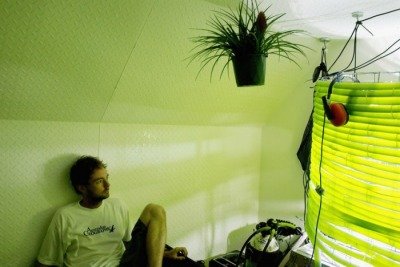 (Updated 04 April, 2017) In our undersea station one of the ways to absorb Carbon dioxide from the air and to produce oxygen instead might be beside classic scrubbers the Biocoil reactor that was first introduced by a science class of Cascade High School in the US. It looks like a quiet simple system based on Chlorella algae and it was used in Lloyd Godson’s ‘BioSub’ project in 2007.
(Updated 04 April, 2017) In our undersea station one of the ways to absorb Carbon dioxide from the air and to produce oxygen instead might be beside classic scrubbers the Biocoil reactor that was first introduced by a science class of Cascade High School in the US. It looks like a quiet simple system based on Chlorella algae and it was used in Lloyd Godson’s ‘BioSub’ project in 2007.
The Biocoil and BioSUB Projects on ABC’s Behind The News (BTN):
Digital Library Updated
 The Calamar Park Digital Library is updated. There you will find all kind of relevant images, articles, manuals and reports about underwater stations and related subjects. For access contact Mart by mail.
The Calamar Park Digital Library is updated. There you will find all kind of relevant images, articles, manuals and reports about underwater stations and related subjects. For access contact Mart by mail.
Augmented Reality Underwater
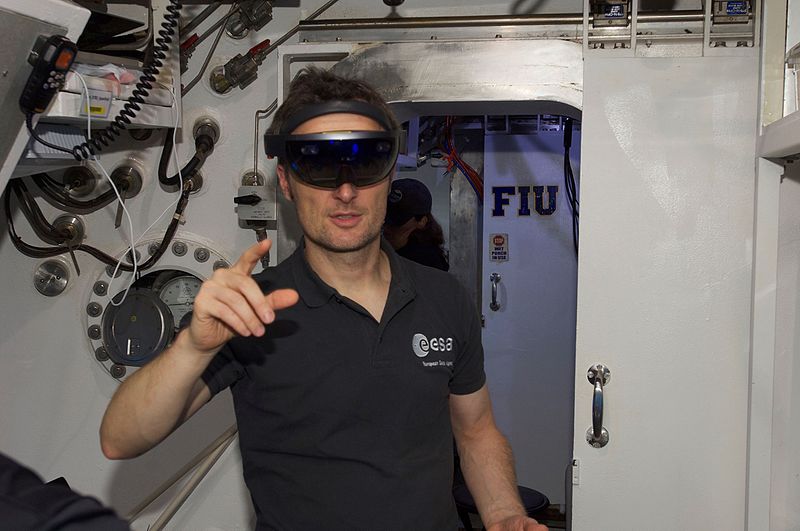 How helpful would it be to have Augmented Reality underwater in a closed environment like an Undersea Station? NASA experimented with Augmented Reality (AR) or Mixed Reality (MR) by using Microsofts HoloLens at the Aquarius Reef Base off the coast of Key Largo, Florida, in late July/August 2015. Potential astronauts used the device for tasks like checking emergency breathing equipment. Therefore they were going through a series of steps ranging from turning valves to finding and plugging in equipment, and setting up equipment to support an undersea robot. Continue reading “Augmented Reality Underwater”
How helpful would it be to have Augmented Reality underwater in a closed environment like an Undersea Station? NASA experimented with Augmented Reality (AR) or Mixed Reality (MR) by using Microsofts HoloLens at the Aquarius Reef Base off the coast of Key Largo, Florida, in late July/August 2015. Potential astronauts used the device for tasks like checking emergency breathing equipment. Therefore they were going through a series of steps ranging from turning valves to finding and plugging in equipment, and setting up equipment to support an undersea robot. Continue reading “Augmented Reality Underwater”
Underwater Station: Virtual Porthole
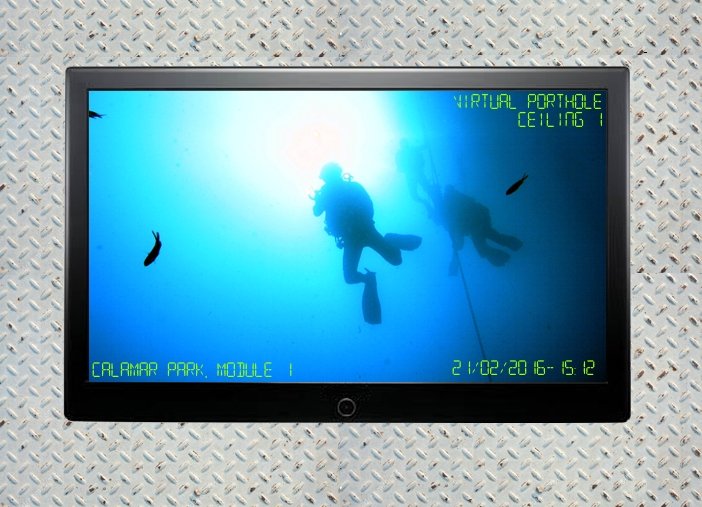 Here is an idea for a porthole where the structure of the underwater station does not allow to install one. For example on the ceiling, where penetrations of the shell should be strictly avoided in order to maintain the integrity of the emergency safety area in the upper part of the living area. The Virtual Porthole would consist of a camera on the exterior of the shell and a TV flat screen on same position inside the habitat. Continue reading “Underwater Station: Virtual Porthole”
Here is an idea for a porthole where the structure of the underwater station does not allow to install one. For example on the ceiling, where penetrations of the shell should be strictly avoided in order to maintain the integrity of the emergency safety area in the upper part of the living area. The Virtual Porthole would consist of a camera on the exterior of the shell and a TV flat screen on same position inside the habitat. Continue reading “Underwater Station: Virtual Porthole”
Aquanaut Decompression
 To stay in an underwater habitat longer than 12 hours means to stay under saturated conditions, which requires an aquanaut decompression sequence of at least several hours. This decompression procedure is very critical: if any aquanaut gets into an emergency situation, there is no way to take him out of the chamber before the sequence is finished. If the procedure is badly designed there is no way to bring a paramedic into the chamber. For the period of several hours the aquanaut would be alone with his companion. Contact us for access to the full article.
To stay in an underwater habitat longer than 12 hours means to stay under saturated conditions, which requires an aquanaut decompression sequence of at least several hours. This decompression procedure is very critical: if any aquanaut gets into an emergency situation, there is no way to take him out of the chamber before the sequence is finished. If the procedure is badly designed there is no way to bring a paramedic into the chamber. For the period of several hours the aquanaut would be alone with his companion. Contact us for access to the full article.
The UW Station Forum (2007-2012)
 The first idea for an undersea station developed in 2007 with the opening of the Underwater Station Forum on UnderwaterPromotion.com. In the following 5 years we collected nearly 250 evaluated contributions on 34 subjects. Without counting all hits of bots and search engines we had more than 200.000 interested readers. The page might have been fatally hacked, but all these contributions were not lost. We distilled them and are still publishing the summaries on CalamarPark.com since 2016. Still it is an open-source project and we ask everyone interested in the subject to contribute his ideas and comments via the comment function under each post.
The first idea for an undersea station developed in 2007 with the opening of the Underwater Station Forum on UnderwaterPromotion.com. In the following 5 years we collected nearly 250 evaluated contributions on 34 subjects. Without counting all hits of bots and search engines we had more than 200.000 interested readers. The page might have been fatally hacked, but all these contributions were not lost. We distilled them and are still publishing the summaries on CalamarPark.com since 2016. Still it is an open-source project and we ask everyone interested in the subject to contribute his ideas and comments via the comment function under each post.
Plants Clean Air and Water for Indoor Environments
![Osmunda Regalis, Christian Fischer [CC BY-SA 3.0 (http://creativecommons.org/licenses/by-sa/3.0)],](https://calamarpark.com/wp-content/uploads/2016/10/Königsfarn.jpg) Back in the late ‘80s, NASA was looking for ways to detoxify the air in its space stations. So it conducted a study to determine the most effective plants for filtering the air of toxic agents and converting carbon dioxide to oxygen.See more on GOOD Magazine. Or the corresponding pdf’s:
Back in the late ‘80s, NASA was looking for ways to detoxify the air in its space stations. So it conducted a study to determine the most effective plants for filtering the air of toxic agents and converting carbon dioxide to oxygen.See more on GOOD Magazine. Or the corresponding pdf’s:
- ntrs.nasa.gov: Plants Clean Air and Water for Indoor Environments
- ntrs.nasa.gov: Interior Landscape Plants for Indoor Air Pollution Abatement
Image: Osmunda Regalis, taken from Wikimedia, Christian Fischer [CC BY-SA 3.0 (http://creativecommons.org/licenses/by-sa/3.0)],
Nemo’s Garden Project by OCEAN REEF
 Growing plants in the undersea station will be very difficult. But the experiment below brought the following question to my mind: If the site of the station would be the Mediterranean, which is a subtropical environment, then the main season would be the summertime. During that period many crops would not grow due to sunlight intensity and heat. The project in the video might be an alternative to use the seawater as a light filter and cooling medium. Would it be worth to investigate?
Growing plants in the undersea station will be very difficult. But the experiment below brought the following question to my mind: If the site of the station would be the Mediterranean, which is a subtropical environment, then the main season would be the summertime. During that period many crops would not grow due to sunlight intensity and heat. The project in the video might be an alternative to use the seawater as a light filter and cooling medium. Would it be worth to investigate?
